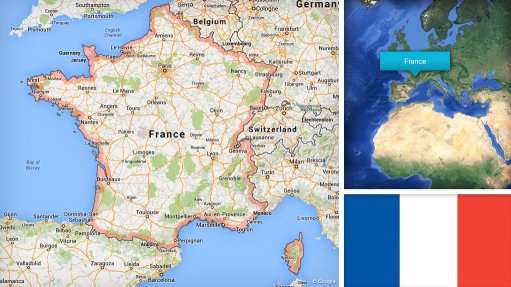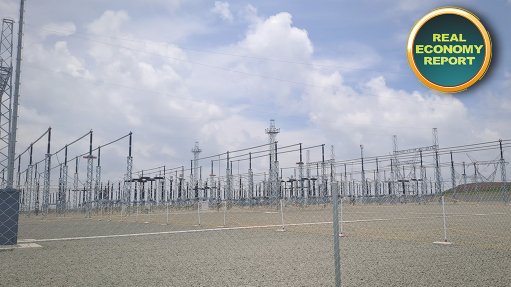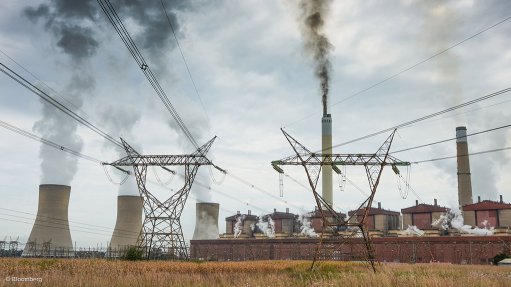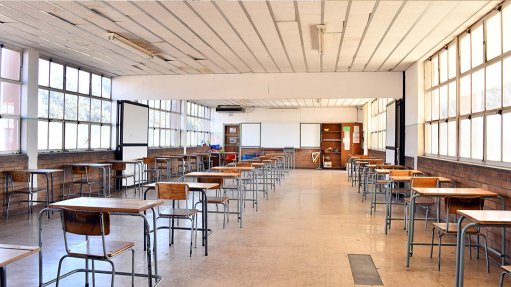I’d like world peace, please
It is a stock joke: every contestant in the Miss World contest is asked what she hopes for and the answer is, among other answers: “I’d like world peace . . .”
It’s easy to mock. Sexism aside, beauty is an advantage (or not, ask Menelaus. Don’t know him? Look him up).
So they say “world peace”. Foolish? Well, to move along this path, let’s see where the world has already been. Peace means the absence of war. World peace means the absence of war everywhere in the world. According to the New York Times: “War is defined as an active conflict that has claimed more than 1 000 lives. Has the world ever been at peace? Of the past 3 400 years, humans have been entirely at peace for only 268 of them, or just 8% of recorded history. At least 108-million people were killed in wars in the twentieth century.”
What is not mentioned is the vast cost of all this. Let’s take motor cars. Each car has a more or less finite life and usually has more than one owner. If the new cars cost too much, then more second-hand cars sell. And so on. There is no market for second-hand bullets or fighter jets or missiles or any of the many modern weapons. The first hydrogen bomb (as against the atom bomb) cost $4-billion to construct. When it was completed, it was 74 t in mass. It could not be delivered by aircraft and so it was detonated on November 1, 1952, on an atoll in the Pacific Ocean, Enewetak Atoll. This left a great deal of the area permanently devastated. The then Union of Soviet Socialist Republics first tested a hydrogen bomb on August 12, 1953, followed by the UK in May 1957, China in 1967 and France in 1968. All this must have been stunningly expensive. And yet of no value at all. No hydrogen bomb was ever used in war and few are stockpiled today. The collective nations have now realised that blowing other nations apart in mass slaughter exercises is just not worth it. Yet wars continue. The most compelling thing is that, with the tens of billions of dollars spent on weapons, much could be done to help the poor of the world. One could, for example, install and maintain solar electrical mini grids for isolated communities. Roads could be built and maintained. Water and sewerage could be installed and maintained.
The immediate reaction to this (when I tell people) is that (a) it is unaffordable, (b) unsustainable and (c) unrealistic. This is not so. There are, worldwide, very many mission stations, of many different religions. They educate, medicate and teach and, in general, improve things. Thus, the model to improve the lives of the poor is right there. There are some obstacles. It is a fact that the United Nations (UN) has never yet managed to run any programme of upliftment of the poor without massive amounts of control-by-committee and use of funds to benefit professional bureaucrats. Thus, if the poor are to be helped, based on the mission model, the UN must be kept out of it. What could be done is to fund the various religious groups and give them a mandate to make sure the mandate of helping the poor is followed. Money should come from governments that are not building high-tech weapons. For referees, my choice would be to appoint a group of Canadian government officials, if only because the Canadians seem to me to be trustworthy. There may be others. Recently, politicians (and Prince Charles) were whittering on about the “great reset”. I think they meant that it was time to shut down all nuclear and coal-fired power stations. What they should have been talking about was that every time we see a US F35 fighter jet, we are watching $100-million that would have assisted a whole bunch of poor people. The Miss Worlds may be twee, but they are right.
Article Enquiry
Email Article
Save Article
Feedback
To advertise email advertising@creamermedia.co.za or click here
Comments
Press Office
Announcements
What's On
Subscribe to improve your user experience...
Option 1 (equivalent of R125 a month):
Receive a weekly copy of Creamer Media's Engineering News & Mining Weekly magazine
(print copy for those in South Africa and e-magazine for those outside of South Africa)
Receive daily email newsletters
Access to full search results
Access archive of magazine back copies
Access to Projects in Progress
Access to ONE Research Report of your choice in PDF format
Option 2 (equivalent of R375 a month):
All benefits from Option 1
PLUS
Access to Creamer Media's Research Channel Africa for ALL Research Reports, in PDF format, on various industrial and mining sectors
including Electricity; Water; Energy Transition; Hydrogen; Roads, Rail and Ports; Coal; Gold; Platinum; Battery Metals; etc.
Already a subscriber?
Forgotten your password?
Receive weekly copy of Creamer Media's Engineering News & Mining Weekly magazine (print copy for those in South Africa and e-magazine for those outside of South Africa)
➕
Recieve daily email newsletters
➕
Access to full search results
➕
Access archive of magazine back copies
➕
Access to Projects in Progress
➕
Access to ONE Research Report of your choice in PDF format
RESEARCH CHANNEL AFRICA
R4500 (equivalent of R375 a month)
SUBSCRIBEAll benefits from Option 1
➕
Access to Creamer Media's Research Channel Africa for ALL Research Reports on various industrial and mining sectors, in PDF format, including on:
Electricity
➕
Water
➕
Energy Transition
➕
Hydrogen
➕
Roads, Rail and Ports
➕
Coal
➕
Gold
➕
Platinum
➕
Battery Metals
➕
etc.
Receive all benefits from Option 1 or Option 2 delivered to numerous people at your company
➕
Multiple User names and Passwords for simultaneous log-ins
➕
Intranet integration access to all in your organisation

















